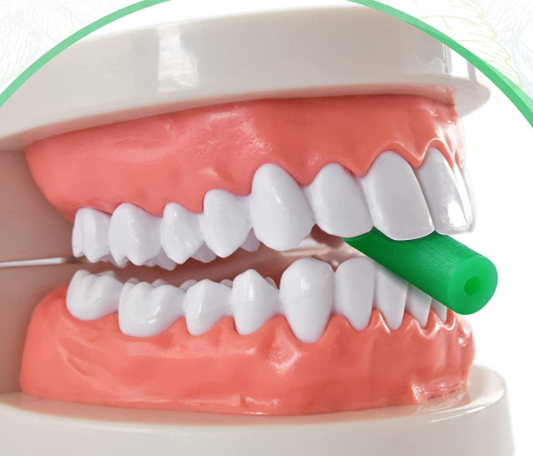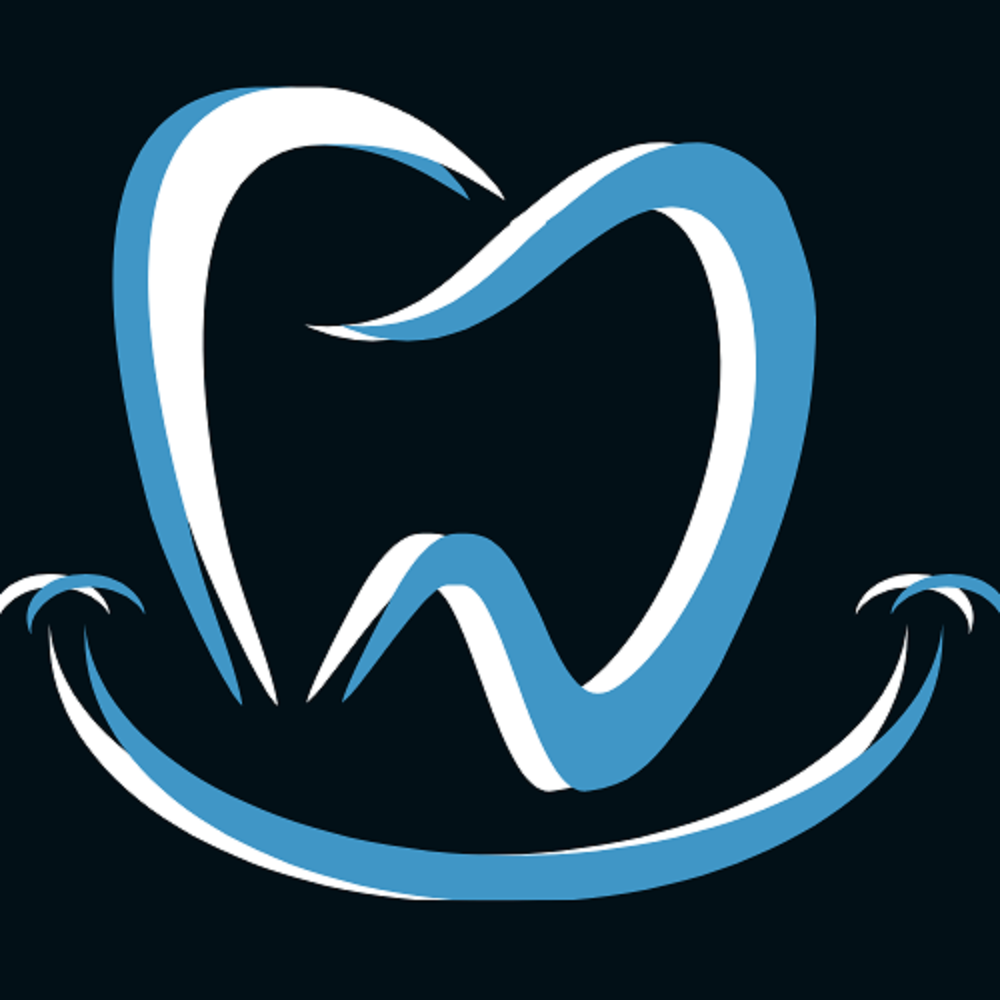The fact that transparent aligners take a lot less time than traditional braces was certainly a key selling point in your decision to use them for teeth straightening, right? We concur. It’s the best approach to spruce up your smile while also boosting your self-esteem. Dr. Peter Sutton, a renowned orthodontist will be our guest today.
He is a member of the AAO and a Board Certified Invisalign Orthodontist with the ABO, SWSO, and AAO. Dr. Sutton is passionate about the process of enhancing his patients’ appearance and confidence, having graduated first in his class from the University of Kentucky College of Dentistry and from the University of Texas Health Science Center at Houston for his Orthodontic Residency.
The focus of this blog will be on tracking the fit of your aligners and the concept of “tooth tracking” using aligners as you progress through the stages of treatment.
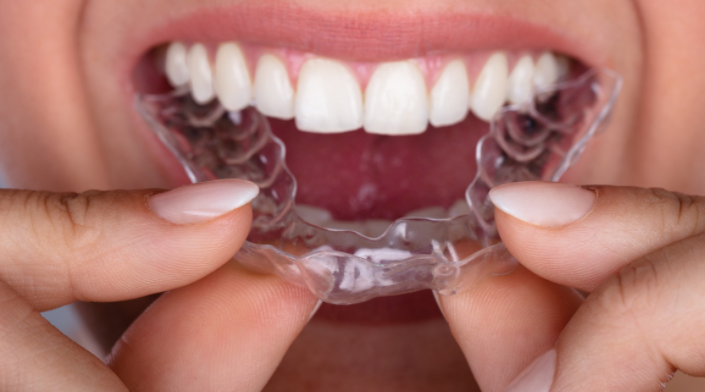
Q: How long must I wear my clear teeth aligners?
A: For correct teeth movement and tracking, we recommend 20 to 22 hours each day. You’re wearing your aligners for about half the time you’d be wearing metal braces. Because the trays are changed out so frequently, this is the case. Every seven days, you’ll switch to a new set of aligners. You can use acceleration devices to replace your aligners every four to five days.
What should I do before starting the next set of aligners?
A: Before moving on to the next level, make sure your aligners fit properly. The photo below illustrates the various degrees of track failure, ranging from excellent fit to bad fit. If the fit isn’t right, a refinement scan or more instructions from a doctor or assistance are required.
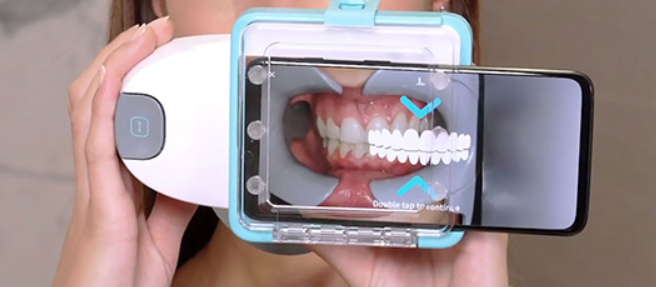
OK to move on to the next tray because the fit is perfect.
Minor tracking issues: Use Chewies on these locations and be careful when moving on to the next tray.
Teeth are not correctly aligned. To try to solve the problem, use Chewies. Please contact the office if the situation does not improve.
The same as in 3.
Chewies are soft chewing devices around the size of a cotton roll that fill the area between your aligner and your teeth.
Q: Why aren’t my teeth aligned properly?
A: The main reason for this is that you are not wearing the trays for long enough. You can eat with them and clean your invisible aligners while they’re out. However, some people forget to replace them and thus fail to adhere to the 22-hour-per-day requirement. To ensure that you don’t forget to replace them, set a reminder alert on your phone.
Another reason teeth don’t track properly is that some teeth are simply more resistant to movement than others. If they don’t move in the way they’re supposed to, it affects all of your other teeth’ movements.
While we use scans and computer models to plan your treatment, these models can only account for common characteristics and cannot foresee individual changes caused by your body’s unique response to orthodontic treatment. If your teeth aren’t tracking properly, it’s important to speak with one of your orthodontists. They can come up with a solution and put an end to the problem.
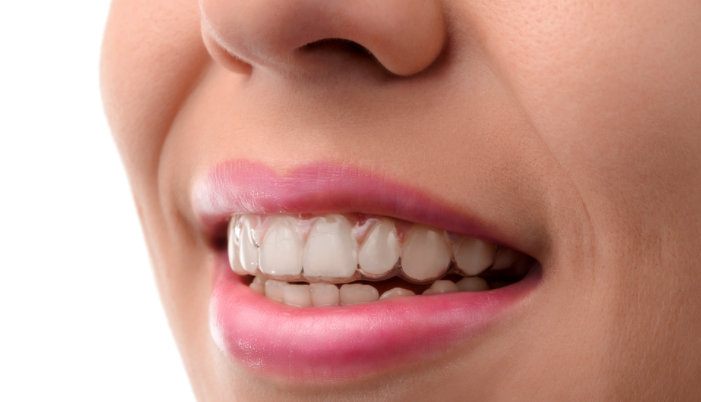
Is this a common occurrence?
A: It’s actually a fairly rare occurrence. Each tray is pre-programmed with a particular amount of prescribed movement, and the teeth require a certain amount of movement in the trays to express those movements. The teeth will not move properly if not enough time is allowed, resulting in poor tracking. There is some flexibility in terms of mobility, but if you take advantage of it by wearing your aligners for only 10 hours a day, you will not achieve the desired outcomes.
Q: How can I use Chewies appropriately to optimize tracking?
A: Three to five times a day, chew one of your Chewies for around three to five minutes at a time. This forces your aligners into place and ensures that they are in the correct position. This is especially essential to complete immediately after switching to a new pair of aligners, as the fit over your teeth will be rather tight. Concentrate on the front six teeth, which do not receive the same natural seating as your molars. Chewing exercises produce more consistent results since your teeth are motivated to move more.
